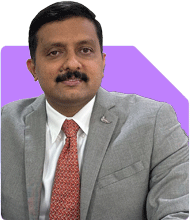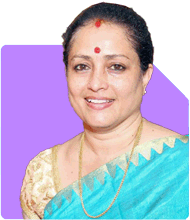
Hi everyone, I have just started investing in mutual funds, I'm 21 years old currently studying And recently I came to know of mutual fund and share market hence I asked my family to invest all the money in Their savings account should be invested in mutual funds as they give all lot more return on investment than savings account. And hence I have invested near about 2,00,000 rupees which is about 20% of my whole families non EMERGENCY savings.
I have invested inInvesco India mid cap fund direct plan( Rs. 35000), axis small cap fund direct growth (35000) , sbi small cap fund(18000), parag Parekh flexi cap direct growth (16000), Quant small cap direct fund (10000), Motilal Oswal midcap fund Direct plan (15000), Quant ELSS Tax saver direct plan (10000), kotak small cap Direct plan (5000) , Kotak emerging equity direct plan (5000), Quant flexi cap direct plan (20000), Quant infrastructure fund direct plan (5000), Quant mid cap fund (5000), Nippon India Growth fund (5000),
[ All of them are one time payments bought in March 2024 and nifty is at all time high at 22800], and currently I have gained all total profit of 7,000 from investment of 2,00,000
Sirs, my first question is, i fear that if Markets go down will my mutual fund value will also go down,
And if I should continue investing any further in mutual funds for a PERIOD OF TIME and wait for markets to go down to invest further.
Or should I continue investing.
And my second question is that, is ONE TIME INVESTMENT better or SIP,
AND FOR FURTHER INVESTMENT should I continue with my one time INVESTMENT of 50,000 to 60,000 for the remaining 80% OF the savings in the next 2-3 months or should I go for SIP and spread this for over a span of 1-2. Years
Ans: It's great to see your enthusiasm for investing in mutual funds at a young age! Let's address your concerns and questions:
Market Volatility: It's natural to be concerned about market fluctuations, especially when you're new to investing. Yes, mutual fund values can indeed fluctuate with market movements. However, it's essential to remember that investing in mutual funds is a long-term endeavor. Market downturns are a normal part of the investing cycle, and they often present buying opportunities for long-term investors. Trying to time the market by waiting for a downturn to invest further can be challenging and may not always yield the desired results. Instead, focus on staying invested for the long term and maintaining a diversified portfolio that aligns with your financial goals and risk tolerance.
One-Time Investment vs. SIP: Both one-time investments and SIPs have their advantages. One-time investments offer the benefit of investing a lump sum amount upfront, which can potentially lead to higher returns over the long term, especially during bull markets. On the other hand, SIPs allow you to invest regularly over time, which can help in rupee cost averaging and reduce the impact of market volatility. Since you're just starting, you may consider continuing with your one-time investments for now and gradually explore SIPs as you gain more experience and confidence in investing.
Future Investment Strategy: Whether you choose to continue with one-time investments or switch to SIPs for your future investments depends on your preferences, financial goals, and cash flow considerations. Since you've already made one-time investments, you may continue with this approach if it aligns with your investment strategy. Alternatively, if you prefer a more systematic and disciplined approach, you can start SIPs for your future investments. Consider spreading your investments over time to take advantage of rupee cost averaging and reduce the impact of market volatility.
Remember, investing is a journey, and it's essential to stay patient, disciplined, and focused on your long-term goals. Consider seeking advice from a Certified Financial Planner (CFP) or financial advisor who can provide personalized guidance based on your individual circumstances and help you navigate the complexities of the financial markets. Keep learning and stay committed to your investment plan, and you'll be well-positioned to achieve your financial aspirations over time.























